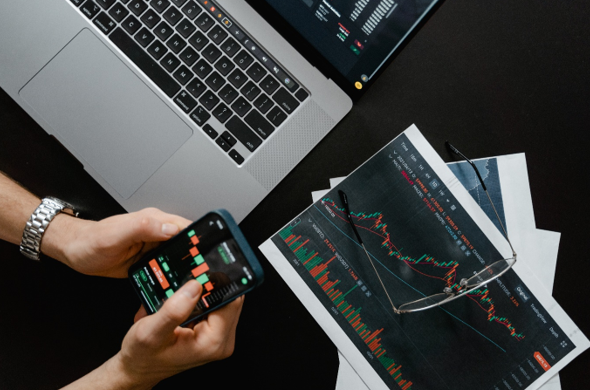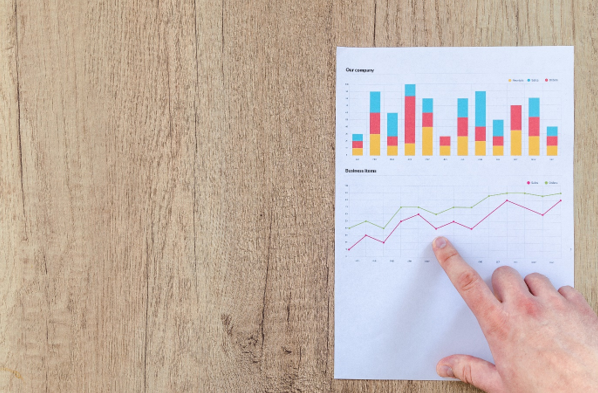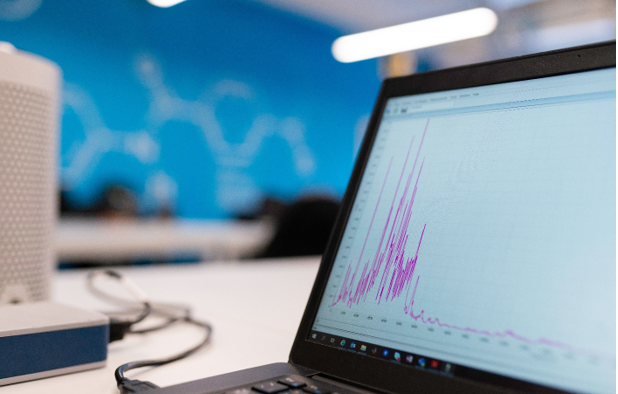The world wide web is a big place – there’s certainly no denying that. It’s filled to the brim with opportunities for businesses and consumers alike. Considering how many resources are out there, almost anyone can decide to start their own e-commerce business. The tricky thing, though, is that this also means that there is a ton of competition.
Of course, it’s not like it’s impossible for us to contend with that. With the careful use of search engine optimization, advertisement campaigns, and tracking the responses to those, we can cultivate our audiences and garner more sales. To learn a bit more about how that works in practice, follow along!
Read Also: 7 Essential Tips for Google Ads Optimization
Ad Tracking: What is it?
Naturally, our first order of business is to tackle what on earth advertisement tracking actually is. Thankfully, it’s pretty simple once you get a handle on it. It’s when you collect data from your advertising campaigns to get a general sense of the audience response to it. Think of it as a form of analytics.
After all, analytics is what makes the world go ‘round, at least when it comes to e-commerce. If we don’t know how consumers are responding to our campaigns, after all, it’s almost impossible to improve them. Although the data-gathering part may sound rather intimidating, it really doesn’t need to be.
Collecting the Data
At first glance, you may be under the assumption that this is the most difficult part of ad tracking. However, this really isn’t the case. You can find all sorts of ways to automate the process, so that can make things significantly easier. Allow us to explain.
One of the biggest examples of this can be seen with Hyros ad tracking, which uses a combination of cookies, AI, tracking URLs, and more to help gather this data. Programs or companies like this will handle pretty much the entire process for you, although there will still be some decisions to be made on your end.
Most notably, you’ll be the one in charge of deciding what specifically should be tracked. That could be a wide variety of things, from the clicks, the views, or even the user behavior across multiple sites – there are just some privacy restrictions, so the data will need to be mostly anonymous. Still, we can collect demographic information at least.
As most of these programs will recommend, a method to ensure that you aren’t overwhelmed by all of the data that you’re getting is to use a KPI or key performance indicator to help sort through things. Implementing them is simple, and they’ll give you a more streamlined result when you’re looking at the collected data.
Analytics: The Hard Part
Admittedly, the most difficult part of ad tracking is the next step – actually analyzing that data. Thankfully, most of the programs and websites that help you to do the tracking can also help you during the analytics stage. That said, there’s a lot to cover here, so don’t stress if some of it is confusing for now.
The thing about advertising is that just because you make a campaign doesn’t mean that it will automatically be successful. Sometimes our vision just doesn’t pan out in practice, and sometimes our advertisements aren’t actually going to resonate with our target audience. These things happen, but fixing it as soon as possible is certainly in our best interest.
Without the data tracking, though, we wouldn’t really know what the result of our campaigns are. So, we can’t really have analytics without it. You can read some more about it here, https://link.springer.com/chapter/10.1007/978-3-319-08976-8_16, if you’re curious about the specifics.
Goal setting: Conversion Funnels
A question that frequently comes up, and that we really should be asking ourselves, is what sorts of things should we be tracking? The answer is complicated, and a lot of it will depend on the goals of your organization and what sort of market you’re wanting to tap into. That’s where the conversion funnel comes into play – you may have noticed it mentioned in some of our sources above.
One of the most effective ways to use ad tracking to your advantage is to employ the funnel model and apply it to your analytics. The idea is that you can track a customer’s journey from when they are a potential lead all the way through the purchasing process as well as their experience afterwards. So – their movements through the “funnel” of your sales process.
How does this work, though? Well, the primary function is to give us as business owners or marketing experts a more well-rounded view of the goals in each of our various sectors. It’s tempting to use similar metrics or to set the same goal in each section. This just isn’t realistic.
Instead, we need to approach things by taking into account where we should be investing more effort versus less effort. An example of this is spending a lot of money on marketing to recurring customers rather than investing in obtaining new ones – that’s probably something that you’d want to address, as you can see in this article.
So, as you’re trying to decide what to track, try to focus on data points that would give you some insights into these sorts of goals. If you aren’t precisely sure what to focus on, your ad tracking company can probably assist you with that – really, just ask if you’re uncertain.
Is Ad Tracking Worth it, then?
Although it can feel slightly frustrating to pay for extra services like this, once you start to see the results, you will see why we are telling you that trying out ad-tracking by professionals is worth your while. The changes that you’ll be able to implement in order to improve your marketing and advertising campaigns alone will be a huge benefit to you.
So, if you’ve been on the fence about it thus far, this could be your sign to give it a try. Get a consultation with one of the ad-trackers and see if their programs interest you!











